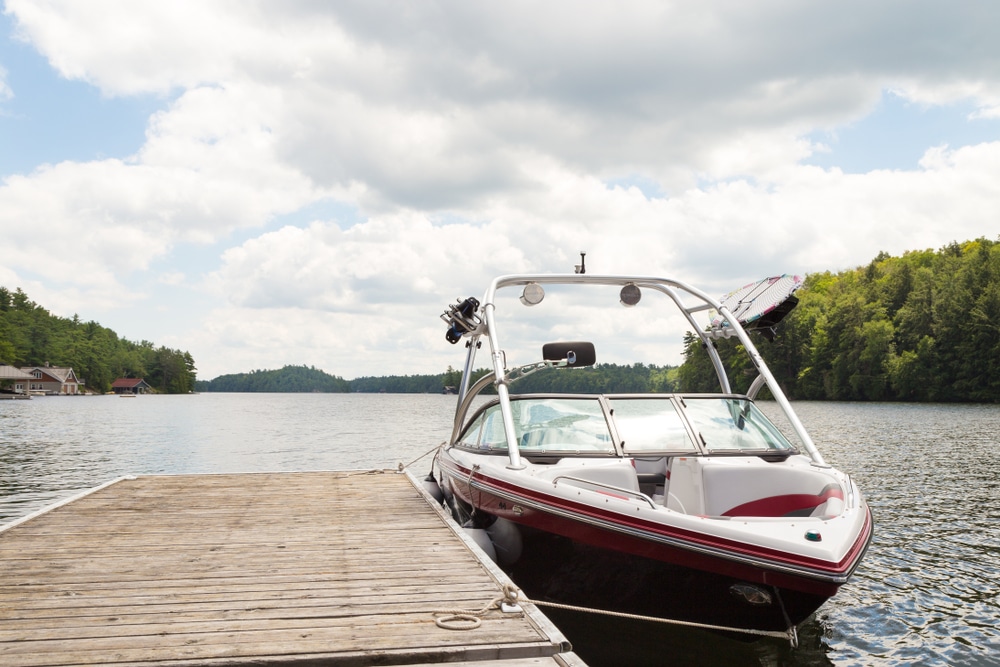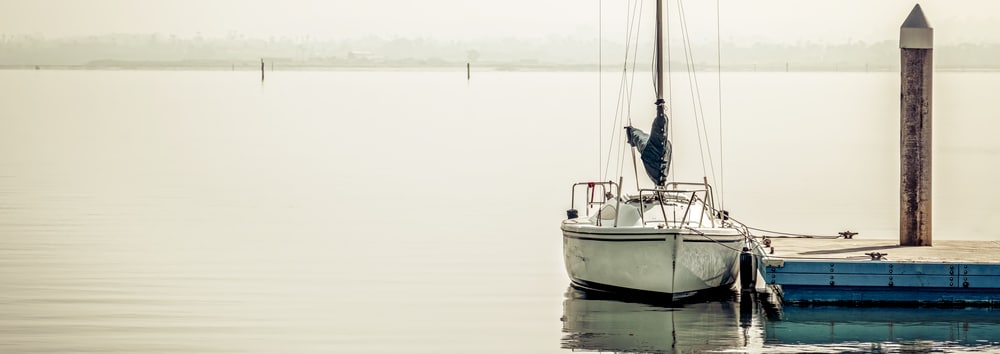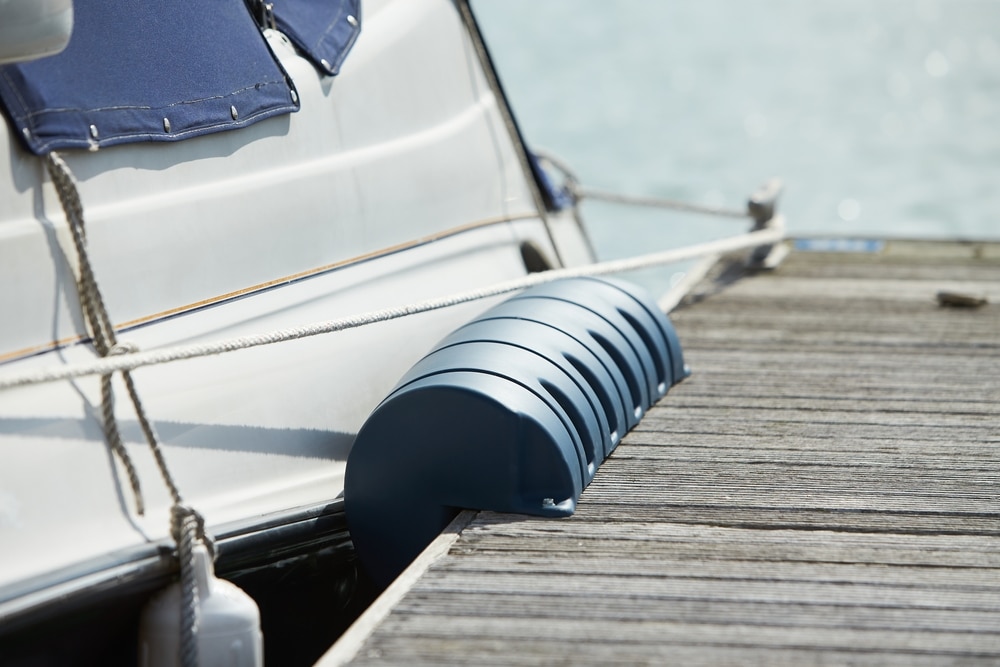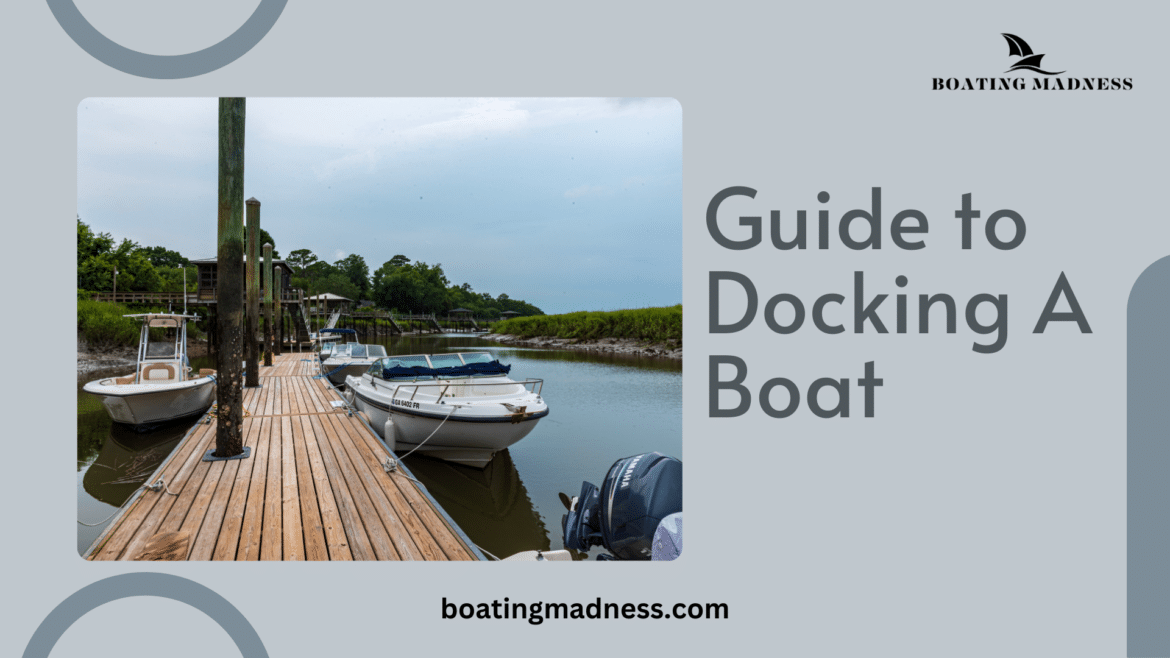Table of Contents
Seeking an idyllic getaway in your boat? Learn boat docking to enjoy serenity in your free time on a docked boat. If we discuss the process of boat docking, it is simply securing the vessel to the dock. You can tie the boat and relax with your family and friends in an ideal yacht. However, just like boat mooring, it is worth mentioning that the docking process also entails some essential steps to make the whole process easier. This article guide will discuss the process of docking a vessel efficiently, even for newbies. So, without further ado, let’s get into the details.
What is Boat Docking?

Boat docking is simply the process of securing your boat to a dock. Whether it’s a floating dock or a traditional one, it’s important to get your boat safely tied so it stays put. You’ll use knots like a cleat hitch or clove hitch and follow the rules to ensure safety. Docking also includes storing your boat or protecting it from the weather with covers.
- Tie your boat securely with cleat or clove hitch knots.
- Approach the dock carefully, considering wind, current, and space.
- Use boat lifts and covers for better storage and protection.
Effective Docking Techniques and Tips

Mastering boat docking is essential for a smooth experience on the water. With a few tips and tricks, you can dock your boat with ease every time.
Plan Your Docking
Before you dock, it’s crucial to have a strategy in place.
- Check conditions: Wind, currents, and nearby obstacles.
- Pick your approach: Choose the best angle for easy docking.
Approach Gradually
Take it slow as you get closer to the dock to maintain control.
- Slow down as you near the dock.
- Adjust speed to avoid collisions.
Proper Trim for Boat Docking
Adjusting your boat’s trim helps improve handling and stability.
-
- Adjust your boat’s trim to improve control.
- Keep your boat stable as you approach the dock.
Assigning Roles for Docking
Good teamwork is key when docking your boat. Everyone on board should have a clear job to ensure things go smoothly.
- Captain’s Role: Oversees docking and coordinates the process.
- Deckhand’s Role: Handles lines and fenders and communicates with the captain.
- Observer’s Role: Monitors surroundings and watches for obstacles.
Clear Communication is Key
Communicating well during docking is essential for safety. Use simple instructions and hand signals, and stay calm under pressure.
- Give clear directions to the crew.
- Watch for nearby boats or obstacles.
- Stay focused for a smooth docking process.
Use Fenders and Dock Lines

Fenders are inflatable pads that protect your boat from bumps, while dock lines secure your boat to the dock.
Fenders
- Protect your boat from hitting dock poles or other boats.
Dock Lines
- Tie your boat securely to the dock for safety.
Practice Makes Perfect
The more you practice, the easier docking becomes. Try different techniques and find what works best for you.
Parallel Docking
Dock alongside the dock in a parallel position.
Perfect for tight spaces and strong currents.
Perpendicular Docking
Dock at a 90-degree angle and secure with fenders.
Great for calm conditions and lots of space.
Med Mooring
Tie your boat at both the bow and stern.
Best for long-term stays and limited dock space.
However, if you want to know more about a boat’s handling characteristics, check out this blog.
Try out these methods and learn to dock a boat.
Conclusion
Wrapping up, this article covered bot docking tips and techniques to secure the vessel. You can learn different tips and enjoy an idyllic time with your family and friends on a safely secured boat.
Dock Like a Pro, Go with the Flow!

